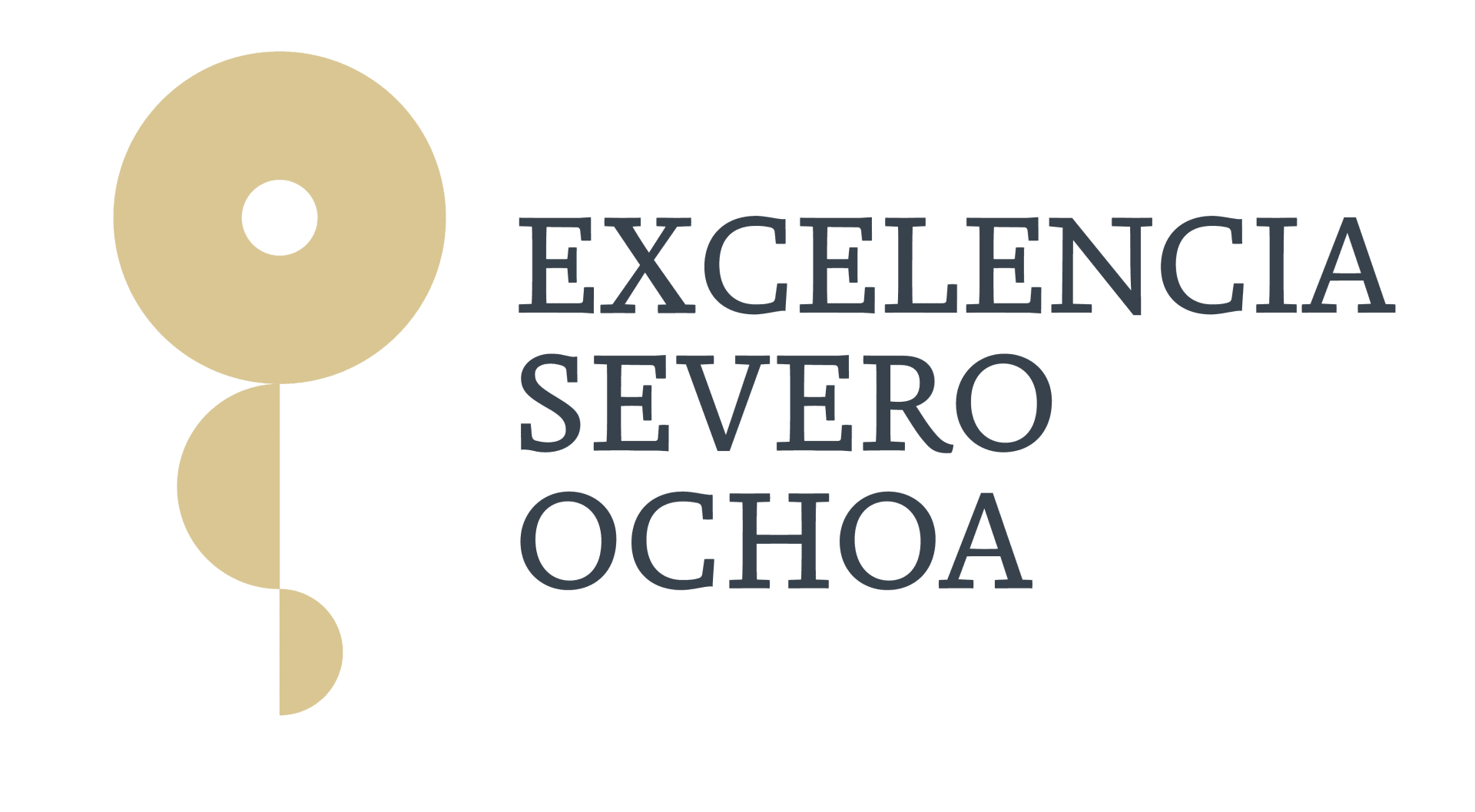Benchmarking Catalysts for Formic Acid/Formate Electrooxidation
Energy production and consumption without the use of fossil fuels are amongst the biggest challenges currently facing humankind and the scientific community. Huge efforts have been invested in creating technologies that enable closed carbon or carbon neutral fuel cycles, limiting CO2 emissions into the atmosphere. Formic acid/formate (FA) has attracted intense interest as a liquid fuel over the last half century, giving rise to a plethora of studies on catalysts for its efficient electrocatalytic oxidation for usage in fuel cells. However, new catalysts and catalytic systems are often difficult to compare because of the variability in conditions and catalyst parameters examined. In this review, we discuss the extensive literature on FA electrooxidation using platinum, palladium and non-platinum group metal-based catalysts, the conditions typically employed in formate electrooxidation and the main electrochemical parameters for the comparison of anodic electrocatalysts to be applied in a FA fuel cell. We focused on the electrocatalytic performance in terms of onset potential and peak current density obtained during cyclic voltammetry measurements and on catalyst stability. Moreover, we handpicked a list of the most relevant examples that can be used for benchmarking and referencing future developments in the field.

Folkman, S. J.; González-Cobos, J.; Giancola, S.; Sánchez-Molina, I.; Galán-Mascarós, J. R.
Molecules 2021, 26 (16), 4756
DOI:
10.3390/molecules26164756

Let's create a brighter future
Join our team to work with renowned researchers, tackle groundbreaking
projects and contribute to meaningful scientific advancements




















